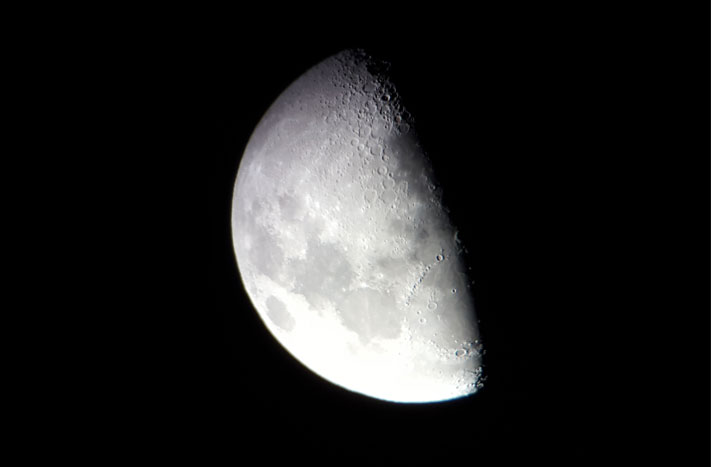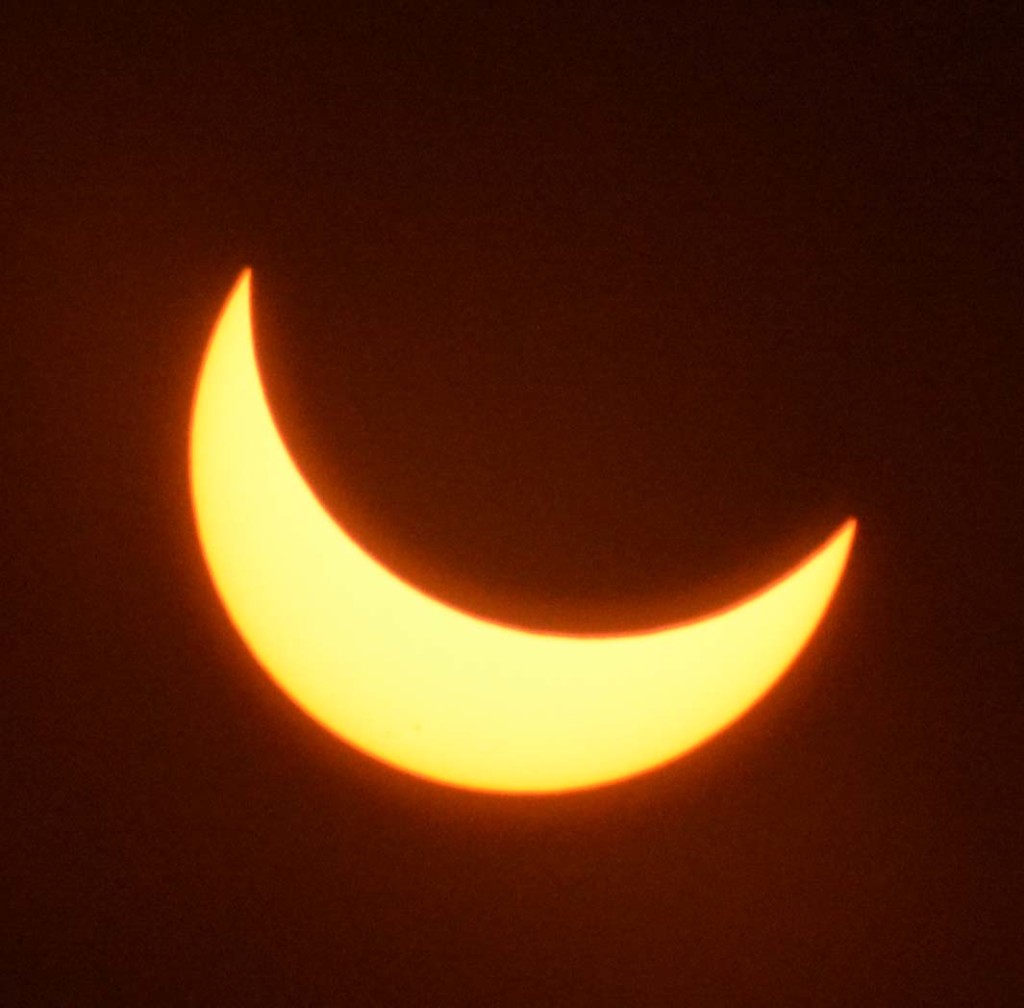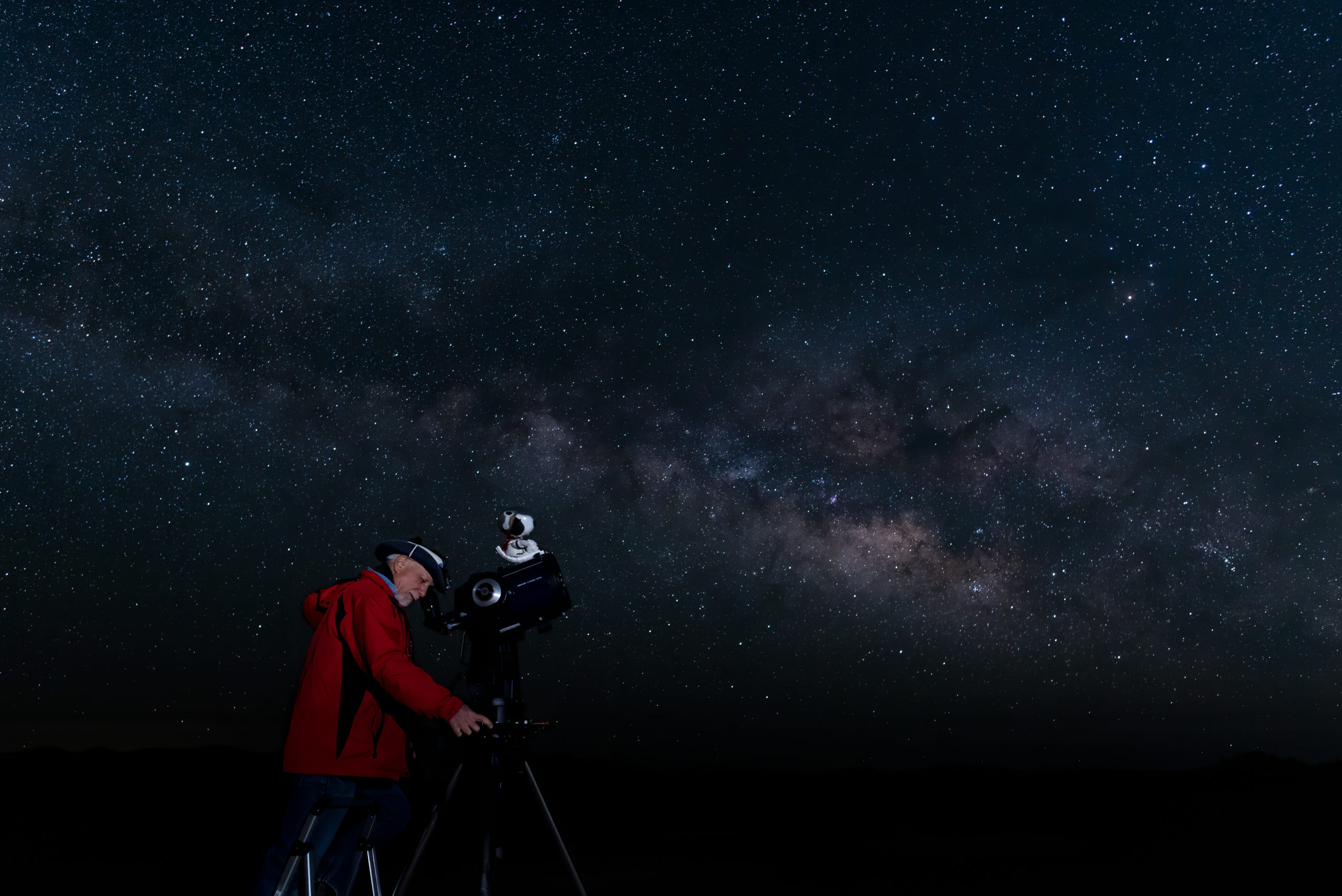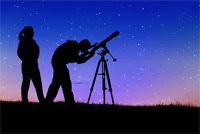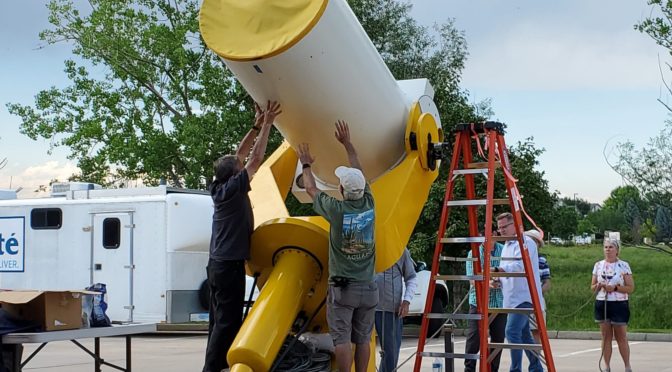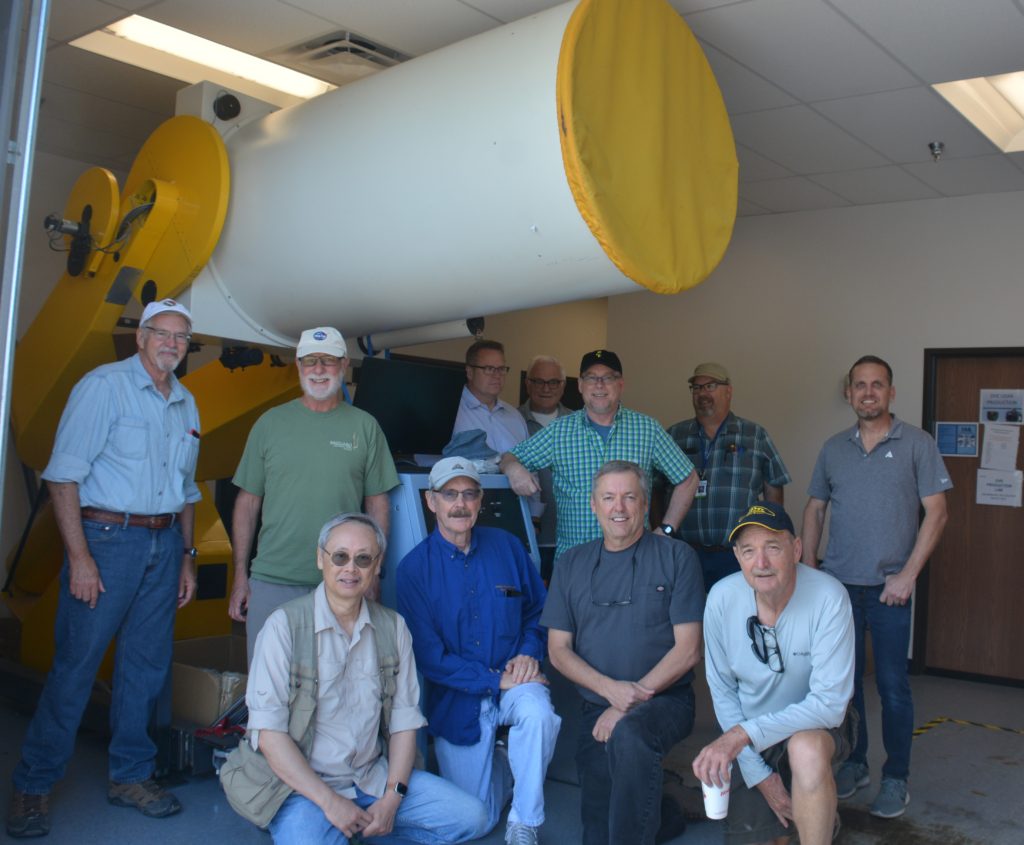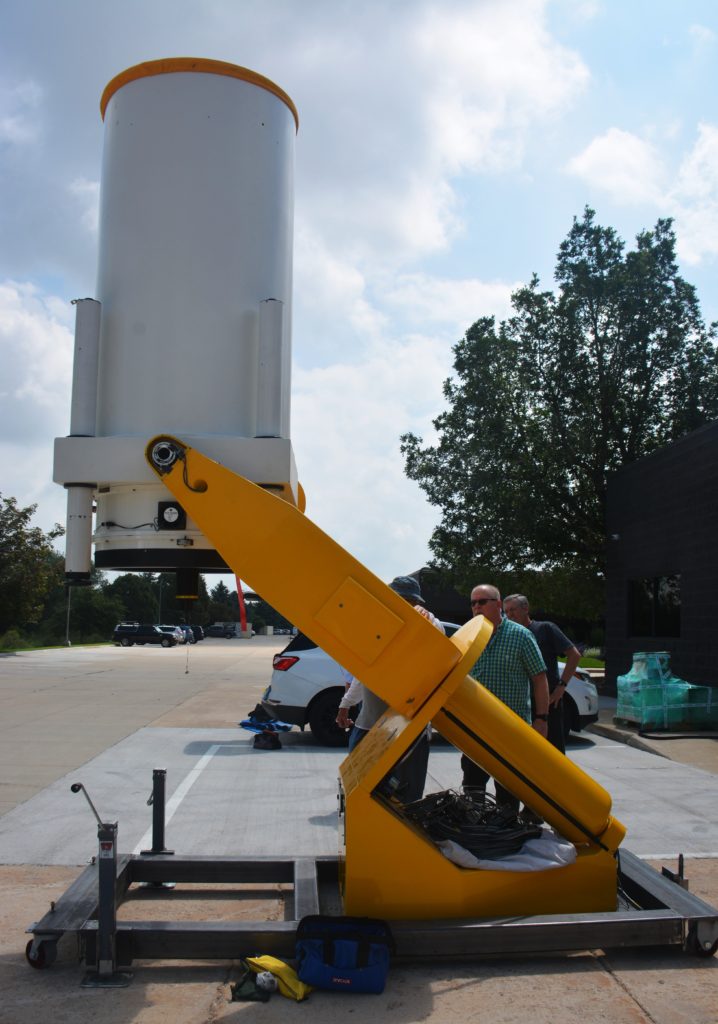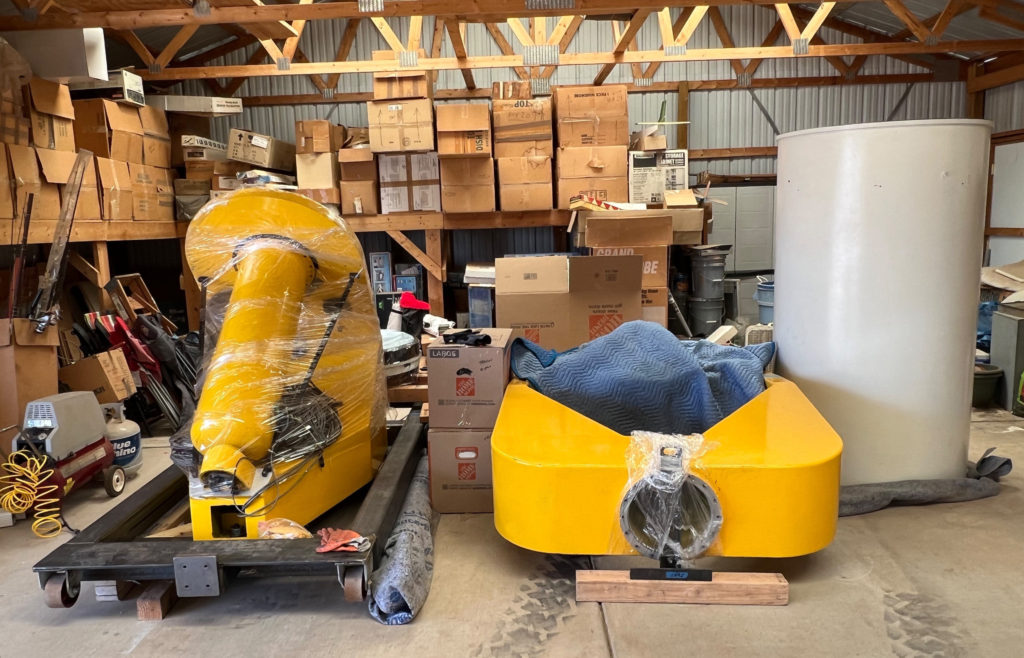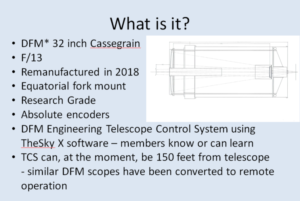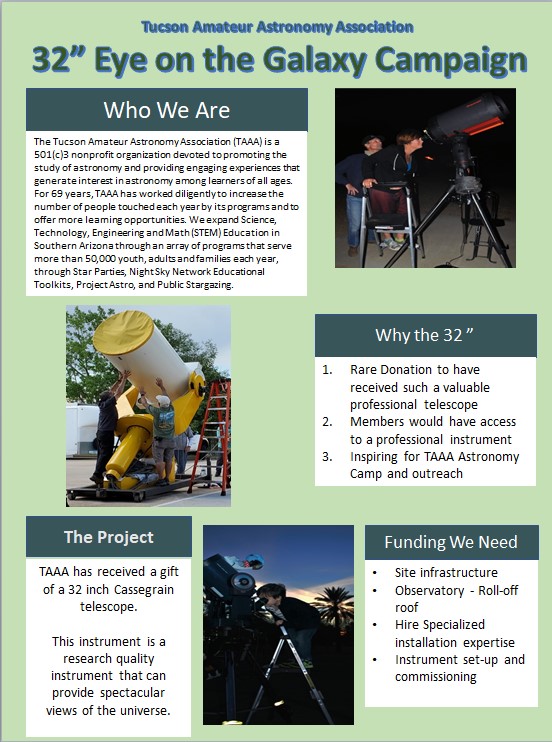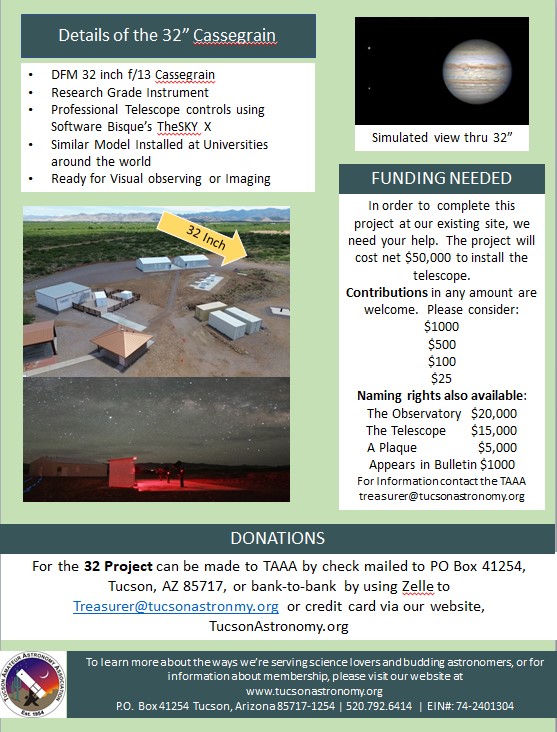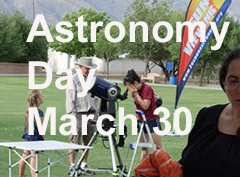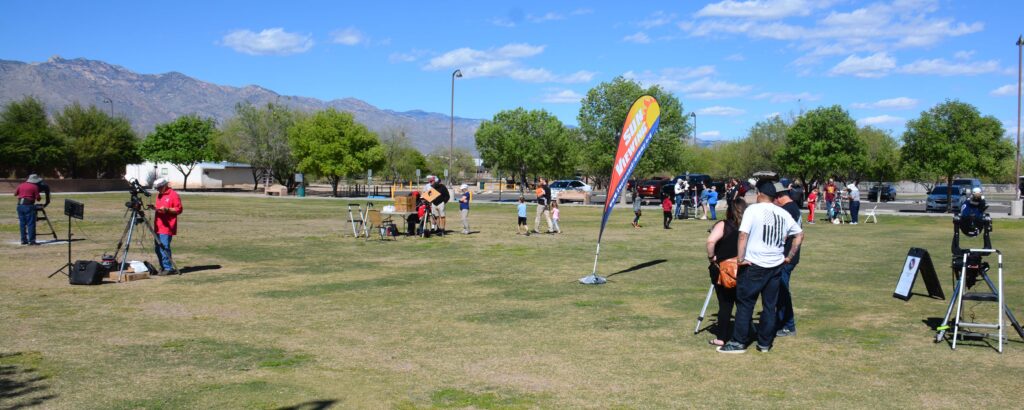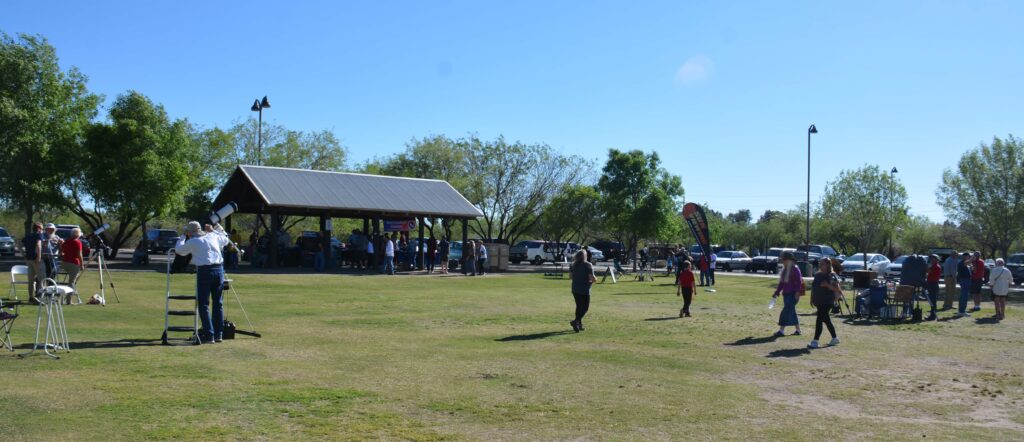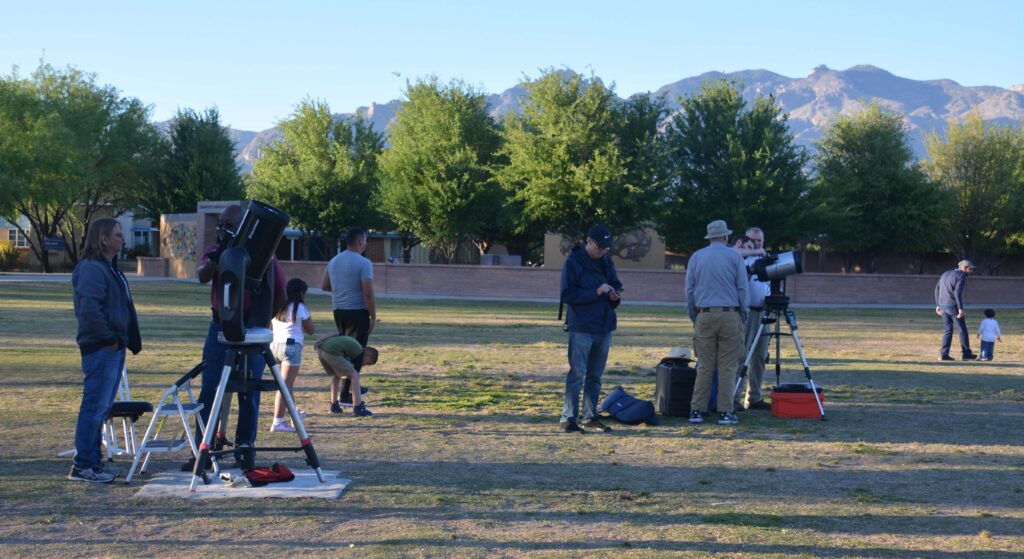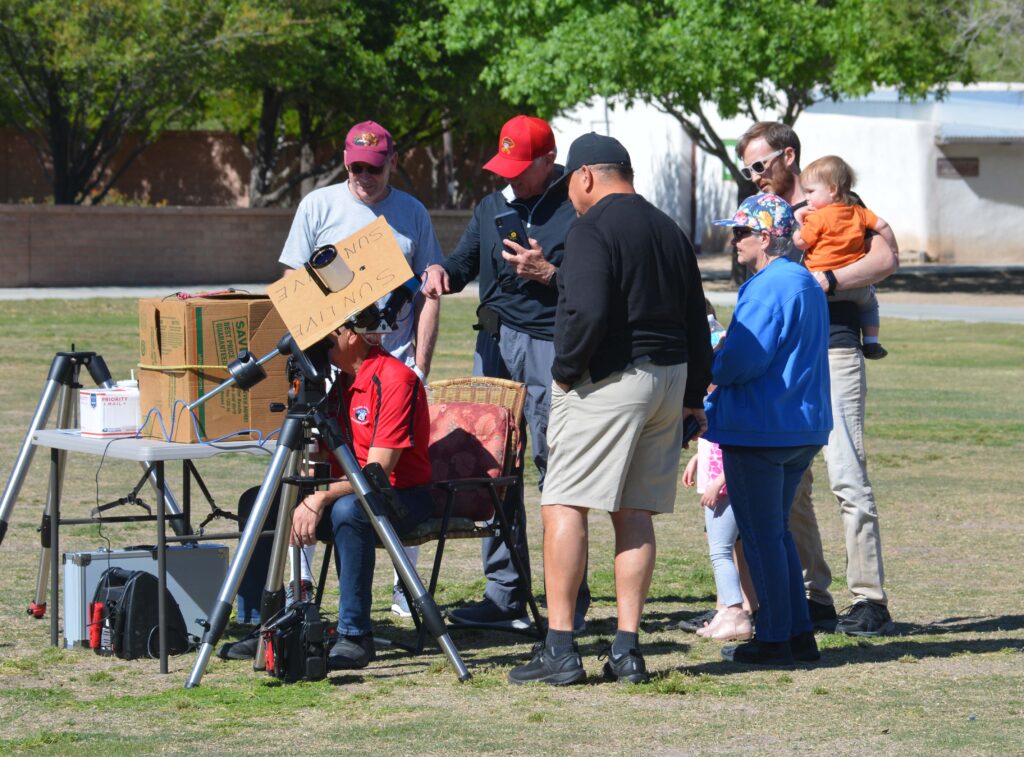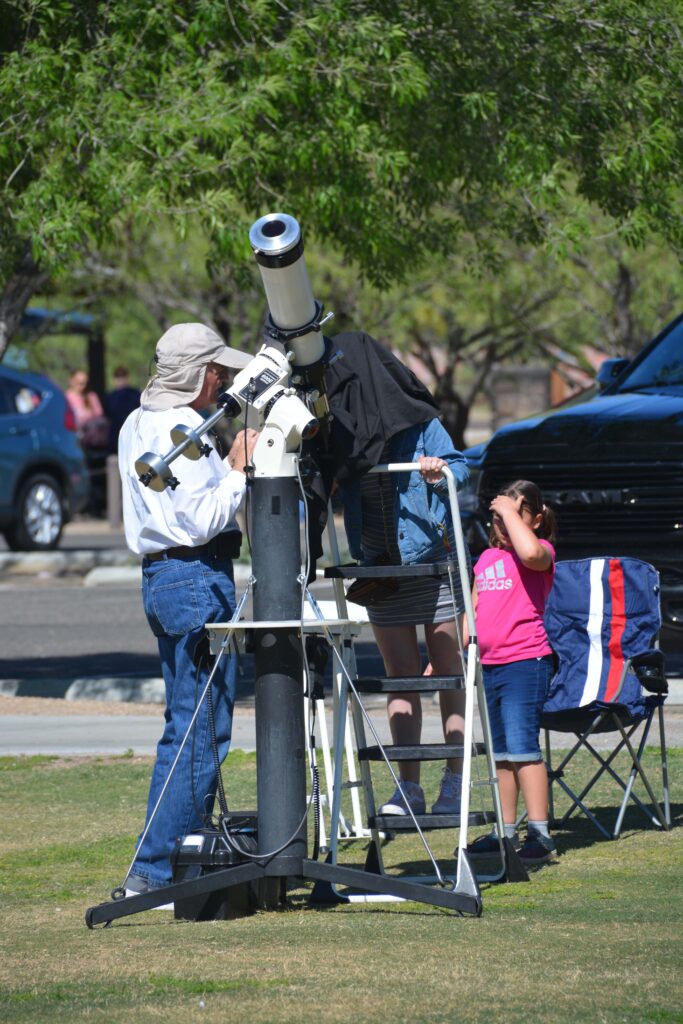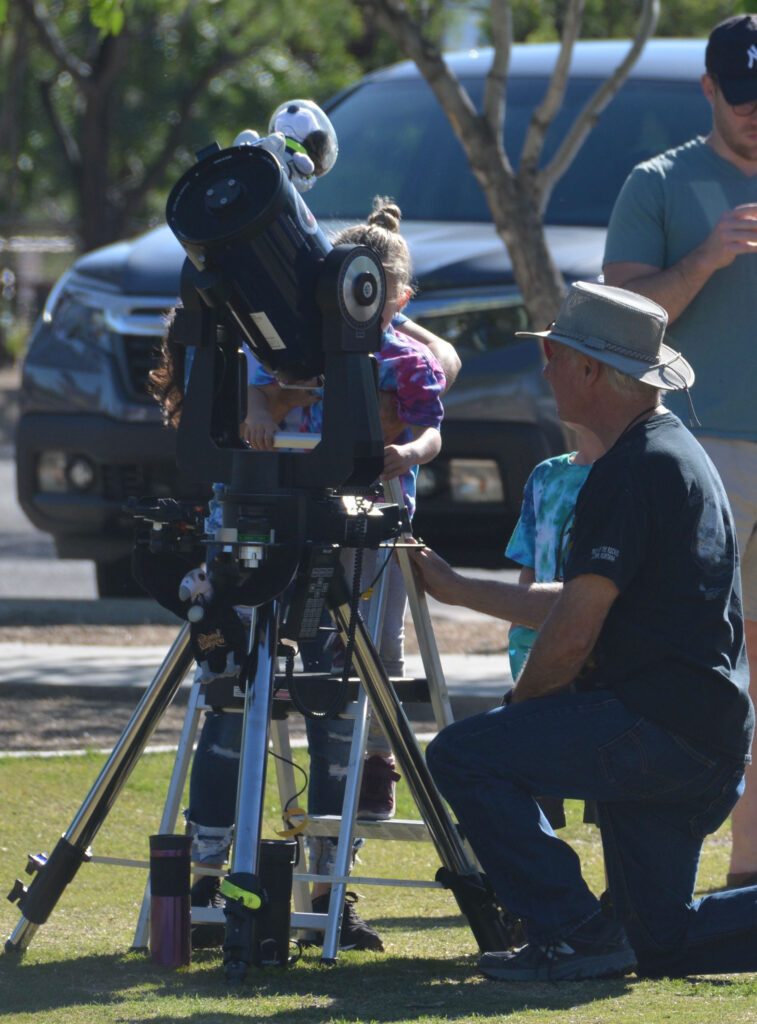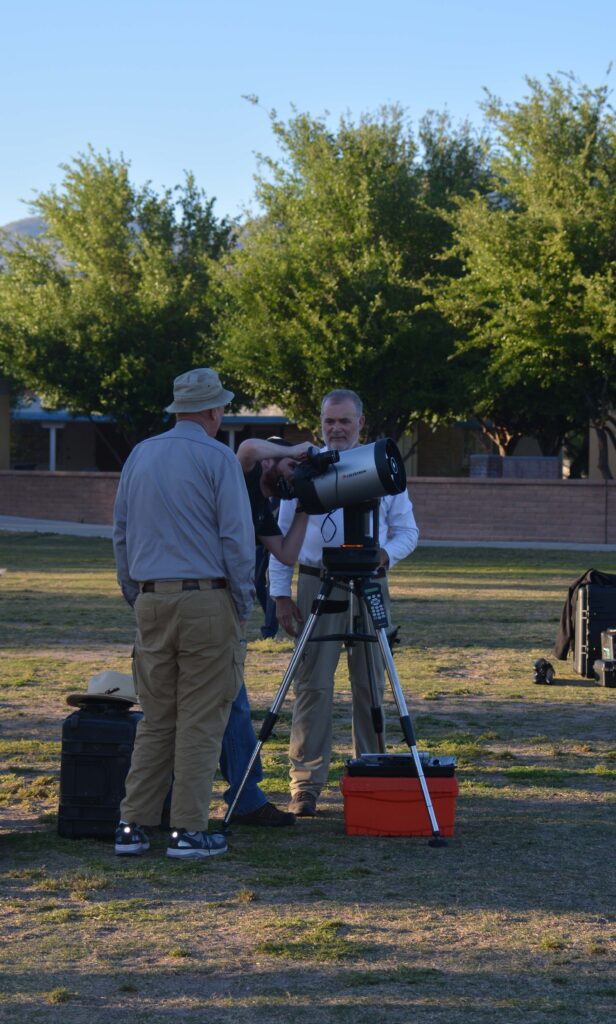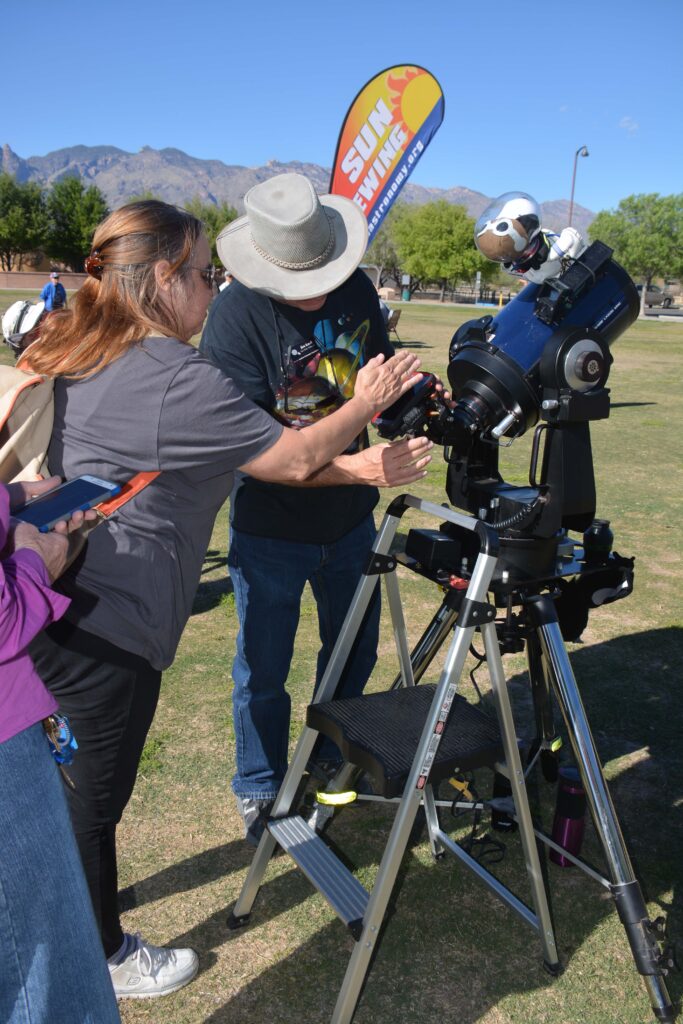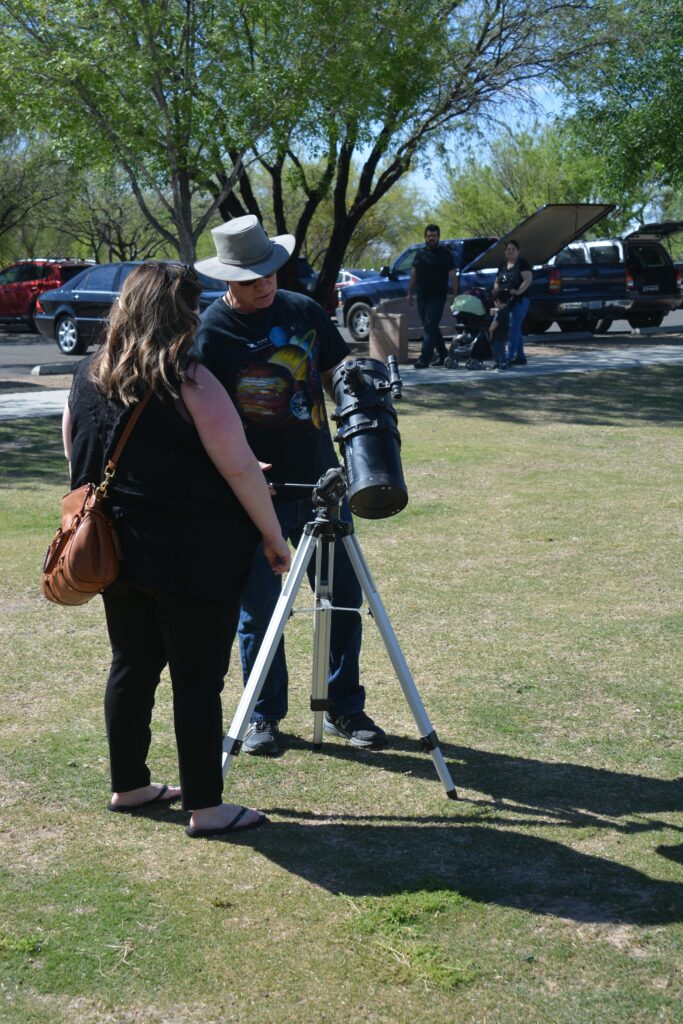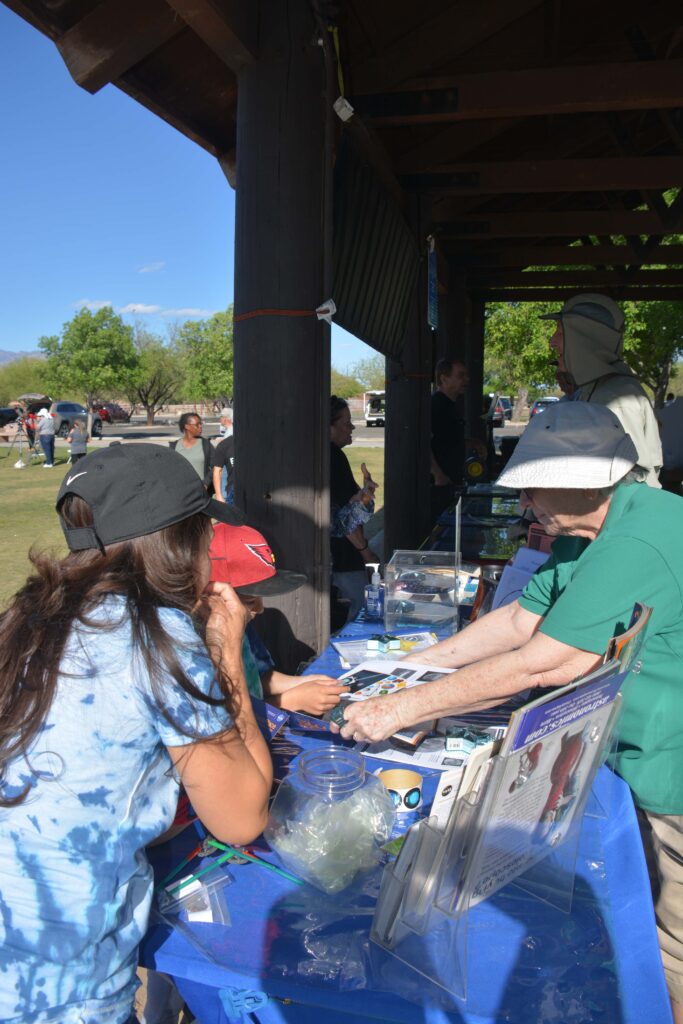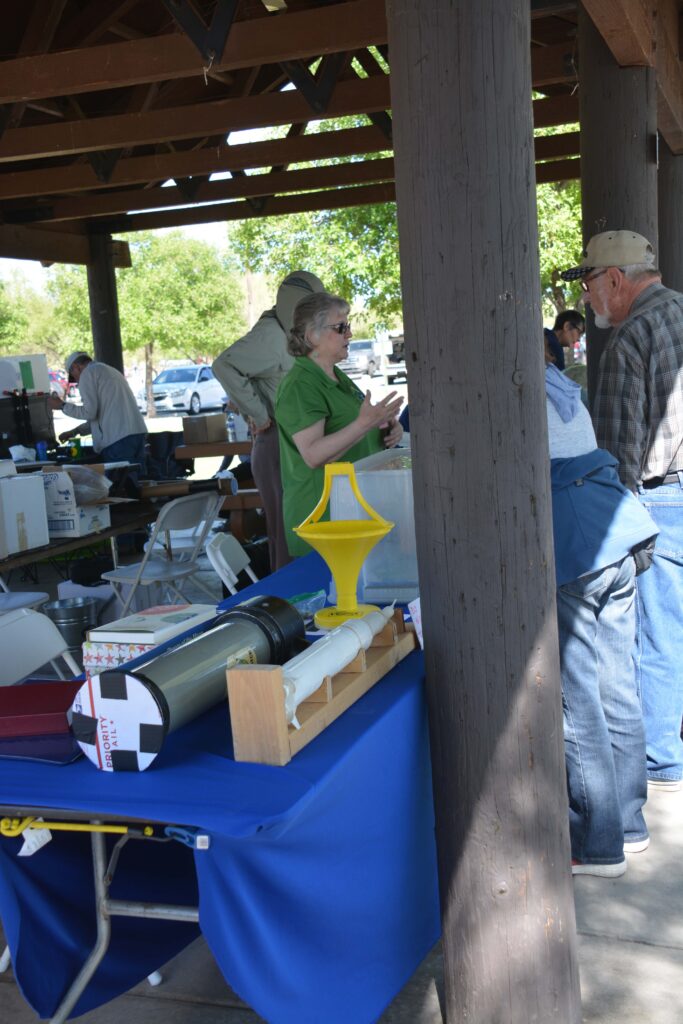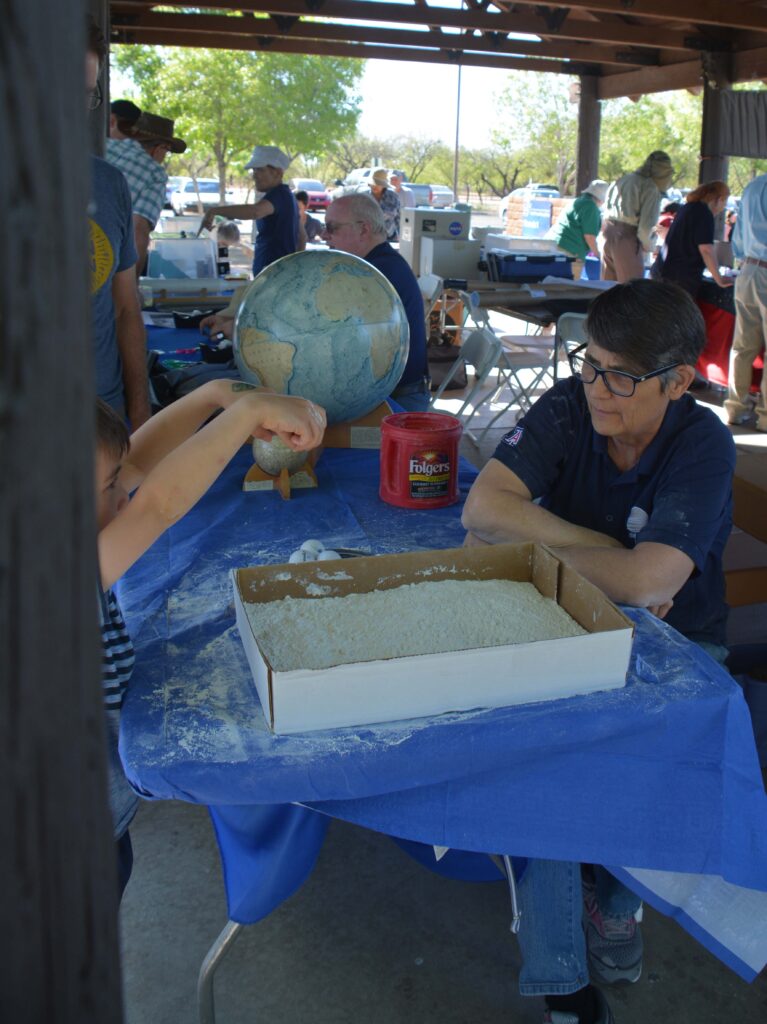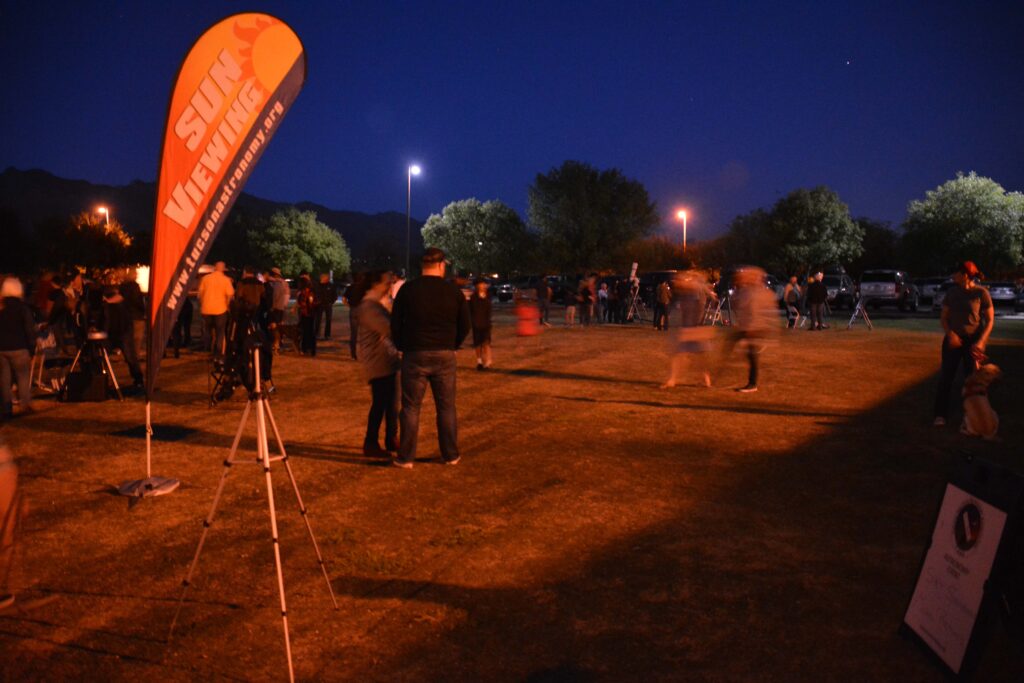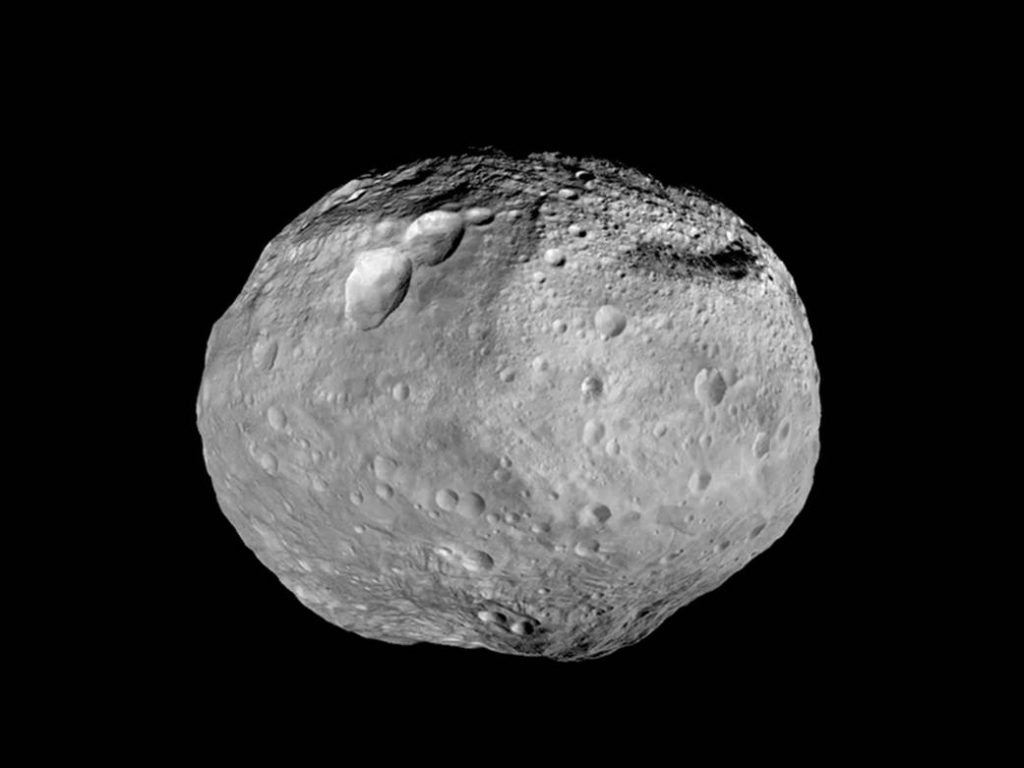Fundamentals of Astronomy Class open for enrollment
Place: Armory Park Center, 220 S. 5th Ave, Tucson
Date: 3 consecutive Saturdays: February 24, 2024, March 2, 2024, March 9, 2024
Time: 9 AM until 4 PM each day
Synopsis: This class covers all the basic topics in Amateur Astronomy. The course is designed for anyone interested in learning the basic concepts in Amateur Astronomy. Topics covered (but not limited to) include the solar system, deep sky objects, stars, telescopes, eyepieces, mounts, star hopping, observation techniques, plus much more. This course is highly recommended for novice amateur astronomers and for anyone who may have just purchased a telescope for the first time. Taking this class will also aide the student in understanding the more advanced lectures often given during general membership meetings.
If interested you can contact the instructor at the information listed below or sign up using the signup sheet that will be available at all General Members meeting starting October 2023 through February 2024. Enrollment is strictly limited to 20 students and is on a first come basis. If there is sufficient interest the class may be offered again in the fall/winter 2024 time frame.
Instructor – Douglas Smith
Phone: 520-396-3233 e-mail: alcor@tucsonastronomy.org or fundamentals@tucsonastronomy.org







